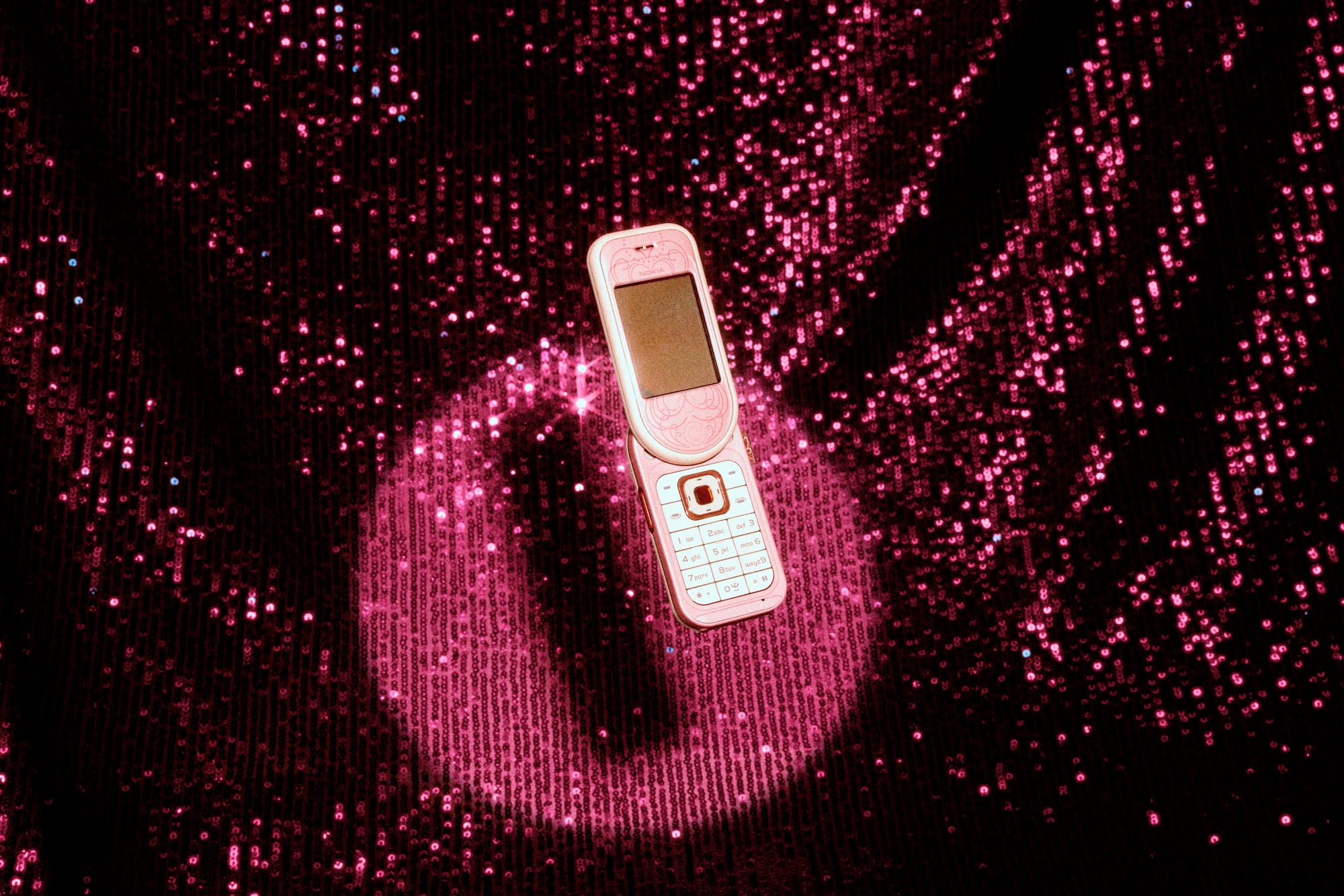One of my first cellphones was a Nokia 3310. I still miss it: Launched in 2000, it was a solid worry-stone of a phone with rubbery keys that I could text my friends on during class from under the desk without breaking eye contact with my math professor. I played Snake when I felt awkward at parties and hearing the “kick” ringtone in 2025 is like hearing an ancient folk song. Playing Snake, texting, and scrolling through ringtones was pretty much all I could do with that phone, actually. It was plenty.
The iPhone was still seven years away, and for that reason, mobile phone aesthetics were still finding themselves. On Wednesday, Aalto University in Finland introduced the Nokia Design Archive, an “uncurated repository” containing 20,000 items and 959GB of files showing the designing process, imagining and ideating, and often wacky concepts for how we might use communications devices on the move in the then-future. The content—spanning from the mid-90s to 2017 according to a press release from the university—was licensed from Microsoft Mobile for research and education purposes, but is now open to the public to peruse.

